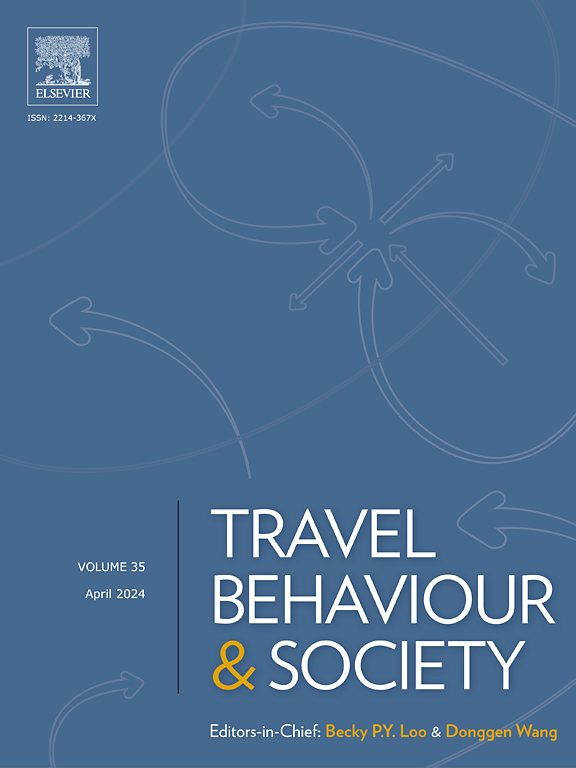The effect of incentives on the actions transit riders make in response to crowding
IF 5.1
2区 工程技术
Q1 TRANSPORTATION
引用次数: 0
Abstract
Public transit crowding has a significant influence on riders’ satisfaction and needs to be tackled using both demand and supply management approaches. In this study, we focus on the policy response to public transit crowding using various customer incentive schemes. By analyzing data from a stated preference survey collected in Metro Vancouver, Canada, during the COVID-19 pandemic, we identified the differences in preferences for various incentive schemes on public transit and assessed the relationship between the riders’ eagerness to modify their travel patterns in response to crowding and the likelihood to respond to incentives that influence them to do the same. Our findings suggest that people who favor incentives tend to be more likely to change their travel behavior in response to crowding and that incentives that reduce the cost of travel on public transit have more potential to shift riders’ travel time, while other incentives (like participation in a raffle, or smartphone game points) have a more pronounced effect on the decision to travel via a less crowded public transit route. Demographic-specific preferences for various incentive schemes were also identified; for example, individuals in the 20–34 age group were found to be more likely to respond to incentives, while full-time workers had a lower propensity to do that. The findings of this study are aimed at public transit agencies interested in employing policy instruments to manage transit crowding and researchers seeking to advance the knowledge about the influence of personal preferences on travel behavior.
求助全文
约1分钟内获得全文
求助全文
来源期刊

Travel Behaviour and Society
TRANSPORTATION-
CiteScore
9.80
自引率
7.70%
发文量
109
期刊介绍:
Travel Behaviour and Society is an interdisciplinary journal publishing high-quality original papers which report leading edge research in theories, methodologies and applications concerning transportation issues and challenges which involve the social and spatial dimensions. In particular, it provides a discussion forum for major research in travel behaviour, transportation infrastructure, transportation and environmental issues, mobility and social sustainability, transportation geographic information systems (TGIS), transportation and quality of life, transportation data collection and analysis, etc.
 求助内容:
求助内容: 应助结果提醒方式:
应助结果提醒方式:


